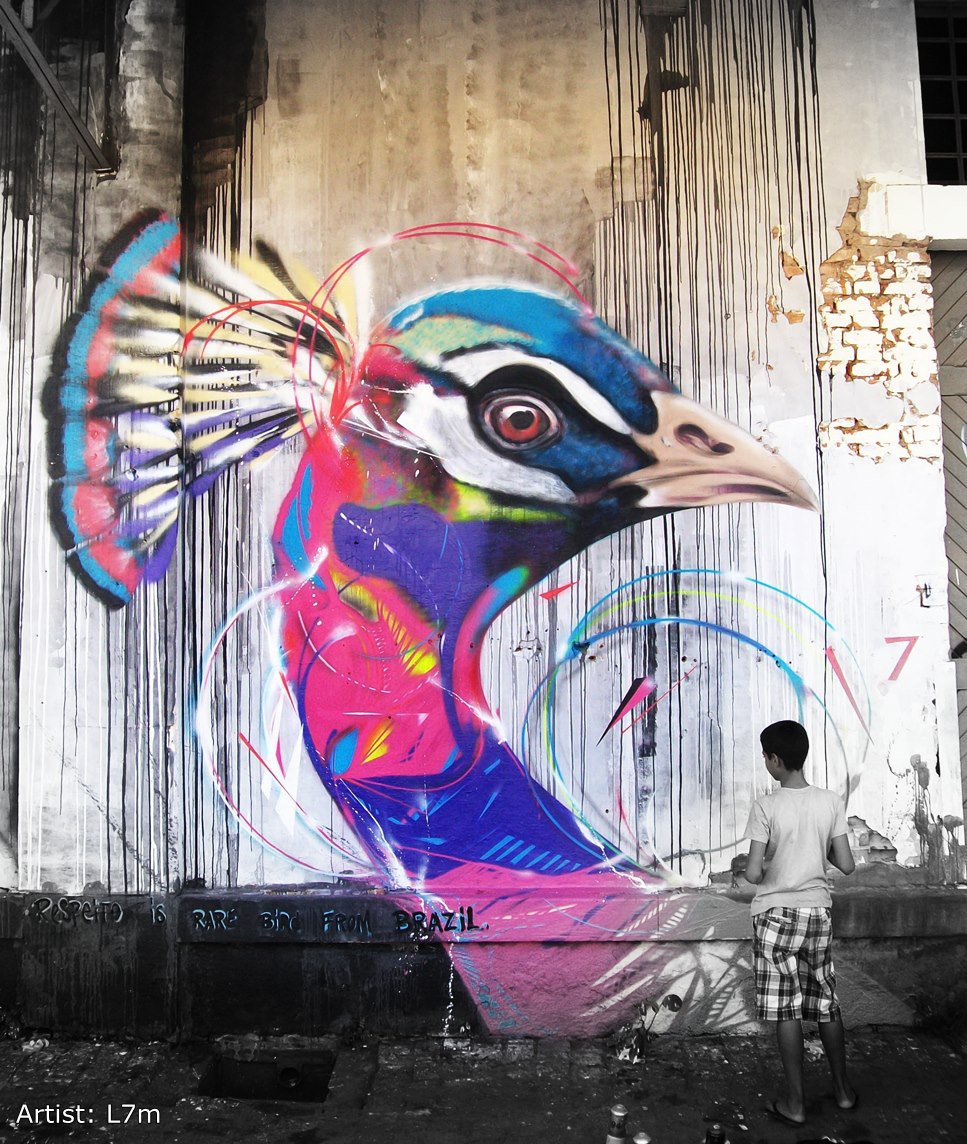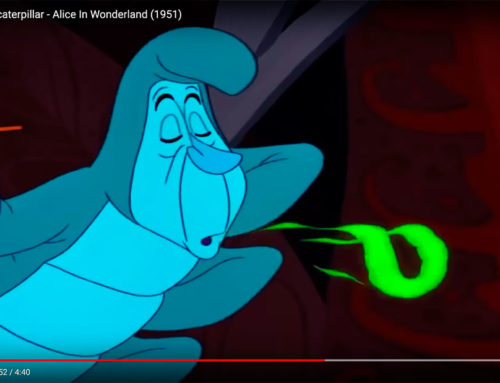Do You See What I See?
Is it a magic trick? What does it mean to your brand?
Faces! Faces Everywhere! 🙂 Pareidolia helps explain why Archetypes work so well in Branding
Connect
Can pareidolia help explain why archetypes are powerful?
Pareidolia is a psychological phenomenon that causes people to see patterns in a objects, to see familiar things in random forms. Particularly, people see faces in places where there isn’t one.
Why do we do this? We can’t help it. It stems from a survival mechanism. Recognizing patterns protects us from danger. Pattern recognition helps us learn faster, predict outcomes and make decisions quicker. Patterns help us form relationships. Familiar patterns draw us together into communities. All of these outcomes help us live better and survive longer.
But why is seeing faces particularly relevant? We see faces more than anything else because connection to and relationships with other human beings is most important to us, and our survival as a species.
Relate
Archetypes are patterns. According to Carl Jung, archetypes are universal, archaic patterns and images that derive from the collective unconscious and are the psychic counterpart of instinct. We can’t help recognize them when we come across them because they are embedded deep in our unconscious. They help us navigate society, be part of a community, understand the roles of those around us and understand how to respond appropriately.
Why is this useful? Whether it’s to survive or simply to save time we use archetypes to decide quickly whether to connect or whether to move on.
If your Brand identifies as one of the twelve archetypes it will expedite familiarity and can drive connection. If your business does not have a recognizable brand personality you will appear ambiguous, and your audience will not be able to relate to your brand and therefore will instinctively shy away.
Why archetypes work for business.
To your audience, archetypes are familiar and personable. They are hardwired into the human psyche so that we recognize and relate to them easily and immediately. Identifying with an archetype helps to characterize / personify your business by making it recognizable, familiar and relatable. The more familiar, the more human, the deeper and faster a relationship with your audience flourishes.
Archetypes are powerful because they are intuitive in the same way pareodolia is. People want to find patterns. They want familiar. They want connection. They want to know what to expect. They want to know how to respond. As a business you do not need to work hard and invest heavily to force responses to happen. They can happen naturally when adopt this science as part of your strategy.
Relationships are the goal of successful business. Don’t under estimate the power of your archetype in achieving your goal. Learn more here.
Does your Brand suffer from multiple-personality disorder?
Where archetypes are concerned, less is more. Almost as bad as not identifying with any archetype is identifying with too many archetypes. Actually, “two” is too many. Think of it like this, if your trusted adviser had two faces would you still trust them?
Archetypes provide clarity efficiently so that you can communicate meaningfully, build trust and strengthen relationships with your audience. Diluting that in anyway is counterproductive. 🙁

























Leave A Comment